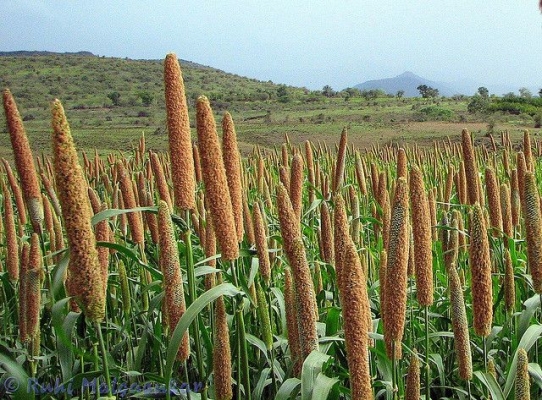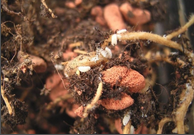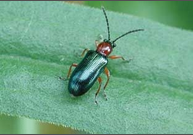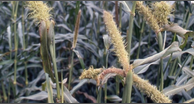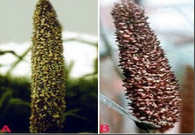PHB 2884: It is a hybrid variety which attains the height of 230cm, head is 28cm long and 12cm in diameter. Its grains are medium thick and are gray in color. This variety is tolerant to almost all diseases. The variety matures in 28 days and gives an average yield of 13.2qtl/acre.
PHB 2168: It is a hybrid variety which is 210cm long. The variety matures in 83 days. Its head are 26cm long and 9cm wide. The grains are medium thick and are gray color. The variety is capable to tolerate downy mildew. It gives an average yield of 16.4qtl/acre.
PSB 164: The plant has an average height of 207cm. The heads are filled with grains. The heads arae 27-28cm long and 8-10cm wide. The grains are medium thick and are of gray color. The variety is resistant to downy mildew. The variety matures in 80 days and gives an average yield of 15qtl/acre.
PHB 47: It is a hybrid variety having thick trunk and wide leaves which remains green till end. It is approximately 2m long in height. The heads are approximately 35cm long. The variety matures in 85 days and. Its grains are thick and dark gray in color. The variety is resistant to downy mildew and is also resistant to ergot and smut disease.
PHBF 1: Released in 2009. The variety is tolerant to diseases. The plant attains the height of 198cm and has soft stem. It gives an average yield of 256qtl/acre of green fodder.
FBC 16: Released in 2003. The plant attains the height of 235cm. It gives an average yield of 230qtl/acre of green fodder.

